



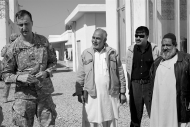
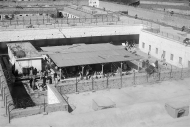




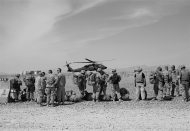






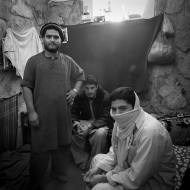


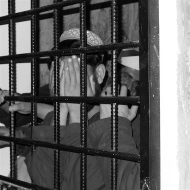

















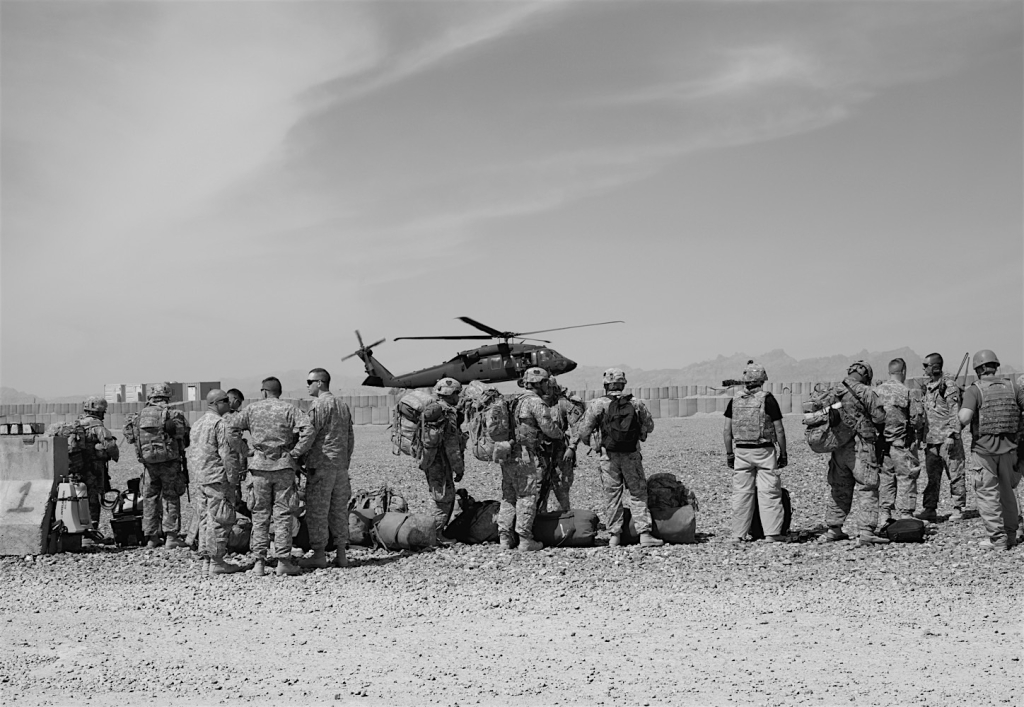



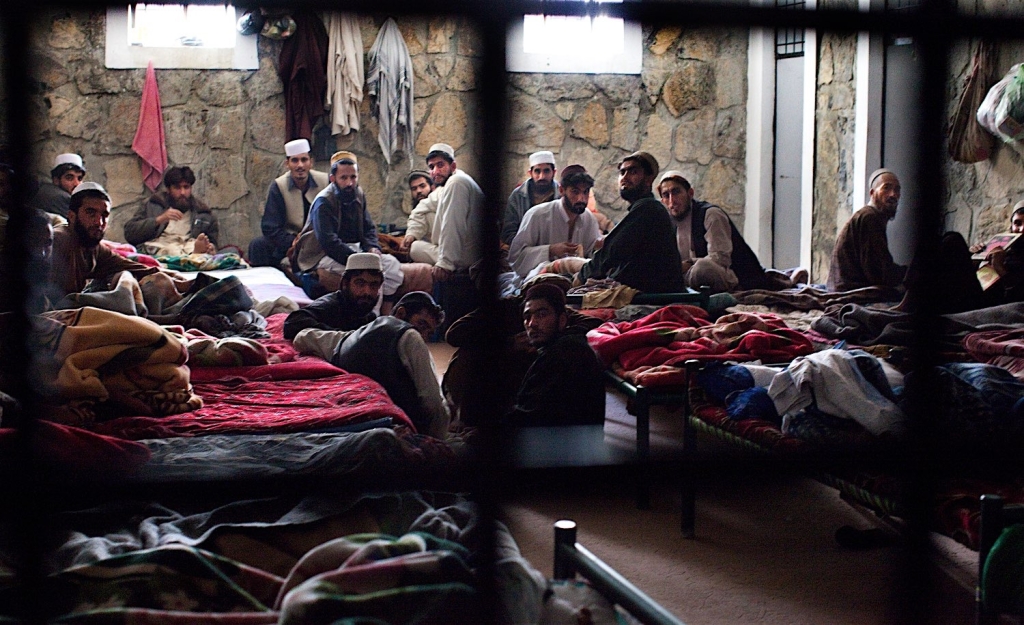

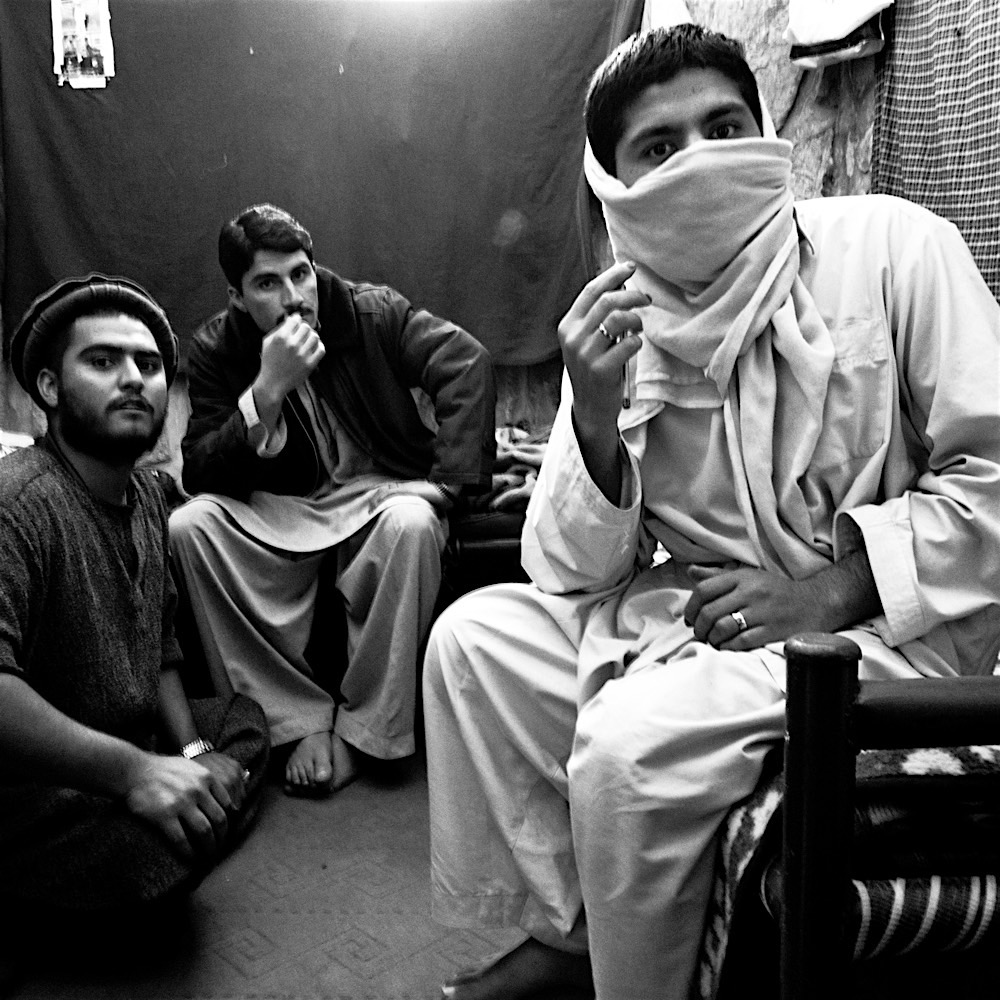











Afghanistan, for the majority of the 20th century, has been a country mired in political turmoil and instability. The only rule of law the country had known in recent history was Sharia law—an extremist Islam rule that, among other things, essentially revoked the rights and freedoms women had known for years. In effect, in 1996, the Taliban forced the women and girls of Afghanistan into house arrest.
In 2010, I traveled to Afghanistan with the Pacific Council on International Policy delegation led by Dr. Jerrold Green at the invitation of Vice Admiral Robert S. Harward. The delegation was there to assess the efficacy of cultivating a system structured by the rule of law . We spent time visiting prisons in Kabul—the Parwan Detention Facility (also known as Bagram Detention Facility) and Pul-e-Charkhi Prison—observing American police and military personnel teaching members of the Afghan police and military so that they would be better prepared for security in the future. We also learned about the impact of improvised explosive devises (IEDs)—devices the Taliban relied on to disrupt order and instill terror throughout the country. For the rule of law to take root in Afghanistan, the country and its leaders would need to develop systems and structures the citizens could learn to count on. The approach to security—both civil and military—and justice are keys to the success of implementing rule of law.